Revolutionizing Exhibition Experiences: How Cutting-Edge Stand Design Technologies are Taking Center Stage
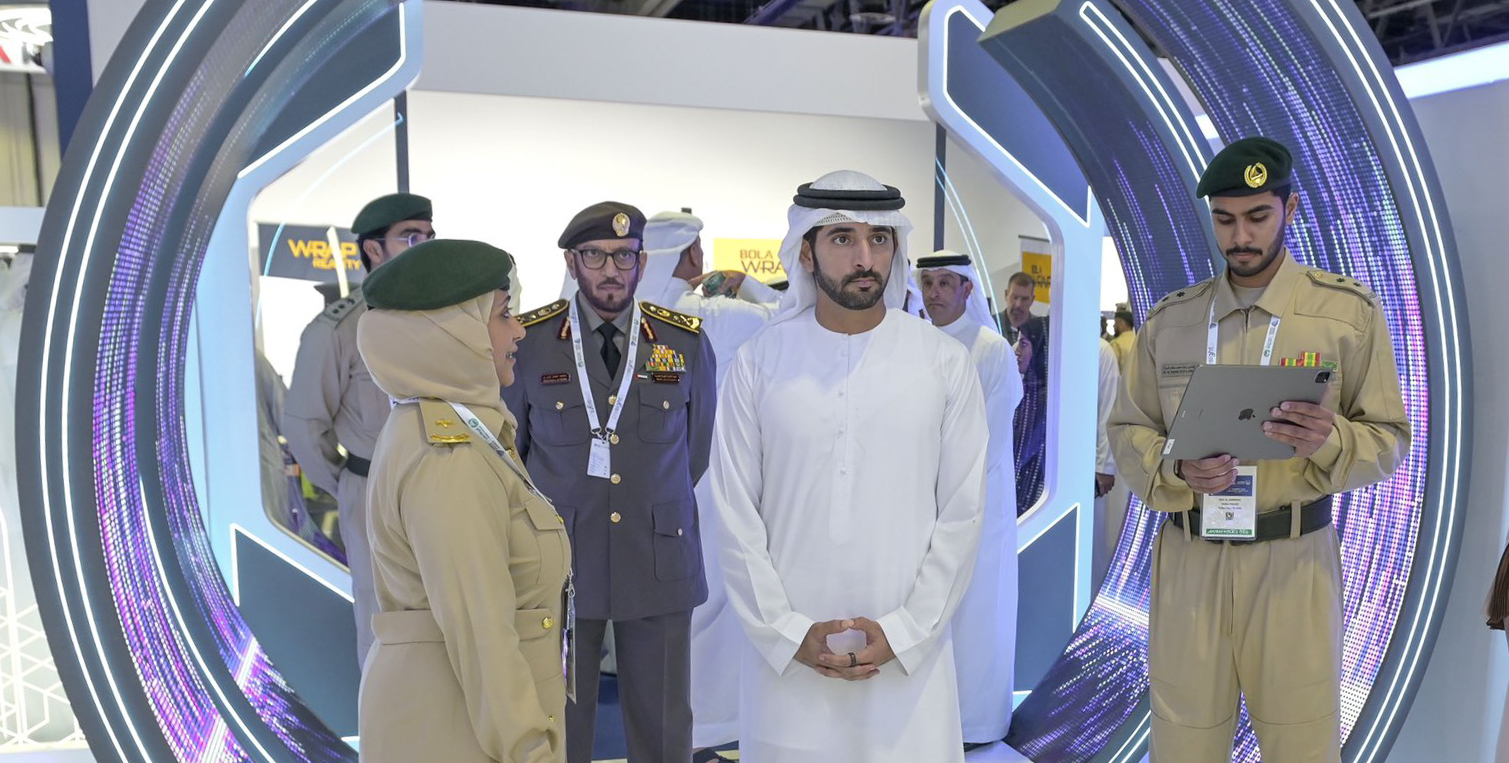
The Impact of Stand Design Technologies
In today's competitive business landscape, standing out from the crowd is crucial. Traditional exhibition stands often fail to capture the attention of attendees, resulting in missed opportunities for brands to connect with their target audience. However, the game has changed with the advent of cutting-edge stand design technologies. These technologies have the power to transform mundane booths into captivating spaces that leave a lasting impression on visitors.
One of the significant impacts of stand design technologies is the ability to create immersive environments. Virtual reality (VR) and augmented reality (AR) are two powerful tools that can transport visitors to different worlds and enhance their overall experience. Through VR headsets, attendees can explore virtual showrooms, interact with products, and even participate in simulations that demonstrate the brand's offerings. On the other hand, AR overlays digital elements in the real world, allowing visitors to view additional information, animations, or graphics when they scan specific physical objects within the booth.
Lighting and audiovisual technologies also play a crucial role in revolutionizing exhibition experiences. The strategic use of lighting can create an ambience that aligns with the brand's identity and enhances the overall aesthetic appeal of the booth. Audiovisual technologies, such as large LED screens and projection mapping, can captivate audiences by showcasing dynamic and visually stunning content. These technologies not only attract attention but also effectively convey the brand's message and create a memorable experience for attendees.
Virtual Reality and Augmented Reality in Exhibition Stands
Virtual and augmented reality are revolutionizing how brands engage with their audience at exhibitions. These cutting-edge technologies provide immersive experiences that transport visitors to different worlds and enable them to interact with products in ways previously unimaginable.
Virtual reality, often abbreviated as VR, creates a simulated environment that can be similar to or completely different from the real world. This technology typically involves the use of a headset that covers the user's eyes, creating a 360-degree virtual environment. In an exhibition stand context, VR can be utilized to showcase products or services in a highly interactive manner. Visitors can wear the VR headset and be transported to a virtual showroom where they can explore and interact with the brand's offerings as if they were physically present. This level of immersion allows for a deeper understanding and connection with the products, ultimately increasing engagement and leaving a lasting impression on attendees.
Augmented reality, commonly known as AR, overlays digital elements in the real world, enhancing the user's perception and interaction with their surroundings. AR can be experienced through smartphones, tablets, or specialized AR glasses. In an exhibition stand, AR can be utilized to provide additional information, animations, or graphics when visitors scan specific physical objects within the booth. For example, a car manufacturer could use AR to overlay interactive features and specifications onto a physical car model, allowing attendees to explore the vehicle's details in a dynamic and engaging way. This interactive and informative experience helps brands stand out and creates a memorable interaction with their audience.
The possibilities for virtual reality and augmented reality in exhibition stands are limitless. These technologies not only captivate attendees but also provide brands with valuable data and insights. By analyzing user behaviour and interactions within the virtual or augmented environment, brands can gain valuable insights into customer preferences and tailor their offerings accordingly. The integration of VR and AR into exhibition stands is transforming the way brands connect with their audience, creating immersive and memorable experiences that leave a lasting impression.
Interactive Displays and Touchscreens
Gone are the days of passive exhibition stands where attendees merely observe and move on. With the advent of interactive displays and touchscreens, exhibition stands have become engaging and interactive spaces that encourage active participation from visitors.
Interactive displays and touchscreens allow attendees to explore products, services, and brand information at their own pace. Instead of relying on static brochures or physical samples, visitors can interact with digital interfaces that provide a wealth of information and options. For example, a clothing brand can utilize touchscreens to showcase its latest collection, allowing attendees to browse through different styles, colours, and sizes. By providing a hands-on experience, brands can effectively showcase their offerings, provide detailed information, and capture the attention of their target audience.
These interactive displays can also be gamified to further engage visitors. Brands can incorporate quizzes, challenges, or interactive games that not only entertain attendees but also educate them about the brand's values, products, or services. This gamification approach creates a fun and memorable experience, encouraging attendees to spend more time at the booth and forming a stronger connection with the brand.
Furthermore, interactive displays and touchscreens can be integrated with social media platforms, allowing attendees to share their experiences and engage with the brand online. By incorporating social sharing features, brands can extend the reach of their exhibition presence, generating buzz and excitement beyond the physical event. This integration of digital and social media platforms creates a seamless and holistic brand experience, both offline and online.
Lighting and Audiovisual Technologies
Lighting and audiovisual technologies are essential elements in creating captivating exhibition stands that leave a lasting impression on attendees. The strategic use of lighting can transform the ambience of a booth, create focal points, and enhance the overall visual impact.
Different lighting techniques, such as spotlights, colour-changing LEDs, or even programmable lighting systems, can be used to highlight specific products, create dynamic visual effects, or evoke certain emotions. For example, a luxury jewellery brand may use carefully placed spotlights to illuminate its exquisite pieces, creating a sense of elegance and luxury. On the other hand, a technology company may opt for vibrant LED lighting to create a futuristic and high-tech atmosphere. By strategically using lighting, brands can not only draw attention but also shape the overall perception of their offerings.
Audiovisual technologies, such as large LED screens, projection mapping, or even holographic displays, can take exhibition stands to the next level. These technologies allow brands to showcase dynamic and visually stunning content that captivates audiences. Large LED screens can display high-resolution images, videos, or even live streams, providing a visually immersive experience. Projection mapping, on the other hand, can transform static objects into dynamic surfaces by projecting moving images or animations onto them. This creates a sense of wonder and captivates attendees by showcasing content in a unique and visually striking manner. Holographic displays add another layer of innovation, creating the illusion of three-dimensional objects floating in mid-air. These audiovisual technologies create a wow factor that draws visitors in and leaves a lasting impression on their minds.
The combination of lighting and audiovisual technologies in exhibition stands creates a multi-sensory experience that engages attendees on various levels. The careful integration of these elements enhances the overall exhibition experience and elevates the brand's presence, making it memorable and impactful.
Stand Design Trends and Innovations
Stand design is an ever-evolving field, constantly pushing the boundaries of creativity and innovation. To stay ahead of the competition, brands need to be aware of the latest stand design trends and innovations that are revolutionizing the exhibition industry.
One of the emerging trends in stand design is the use of sustainable materials and eco-friendly practices. Brands are increasingly conscious of their environmental impact and are incorporating sustainable elements into their exhibition stands. From recycled materials and energy-efficient lighting to biodegradable structures, these eco-friendly stands showcase the brand's commitment to sustainability and resonate with environmentally conscious attendees.
Another trend is the integration of experiential design elements. Brands are moving away from static displays and are focusing on creating immersive experiences that engage all the senses. This can include interactive installations, live demonstrations, or even virtual reality experiences. By providing a hands-on and memorable experience, brands can form a deeper connection with their audience and leave a lasting impression.
Innovations in stand design technology are also driving the industry forward. For example, flexible LED screens that can be curved or shaped to fit unique booth designs are becoming increasingly popular. These screens allow brands to create visually stunning displays that seamlessly integrate with the overall stand design. Similarly, intelligent lighting systems that can be programmed to change colours, intensity, or patterns are revolutionizing the way lighting is used in exhibition stands. These innovations provide brands with more flexibility and creative possibilities when designing their booths.
Furthermore, the integration of data analytics and personalization is transforming the way brands interact with their audience. By collecting and analyzing data from visitor interactions within the booth, brands can gain valuable insights into customer preferences and behaviours. This data can then be used to personalize future interactions, tailor offerings, and create a more personalized experience for attendees.
Conclusion
In conclusion, cutting-edge stand design technologies are revolutionizing the exhibition industry, transforming traditional booths into immersive and captivating spaces. Virtual reality and augmented reality provide immersive experiences that transport visitors to different worlds and enable them to interact with products in innovative ways. Interactive displays and touchscreens engage attendees, providing a hands-on experience that showcases products and captures attention. Lighting and audiovisual technologies create visually stunning displays that leave a lasting impression on attendees. Stand design trends and innovations, such as sustainable materials and experiential elements, further elevate the exhibition experience. The combination of these cutting-edge technologies and creative design elements is revolutionizing the way brands connect with their audience, creating memorable and impactful interactions that stand out in a crowded marketplace. As the exhibition industry continues to evolve, brands need to embrace these technologies and design trends to stay ahead of the competition and create exhibition experiences that truly captivate and engage.
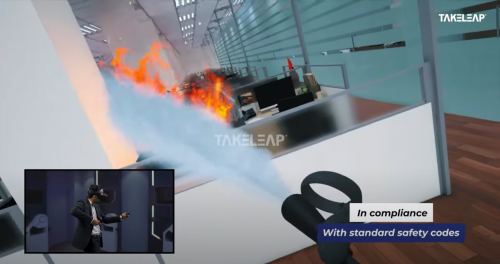

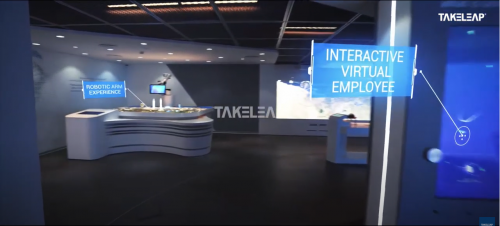
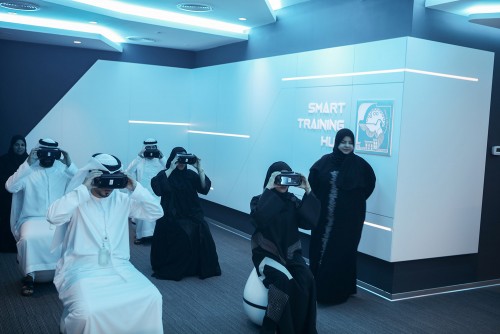
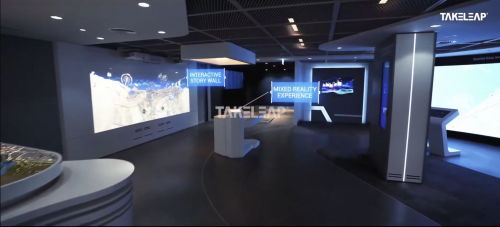
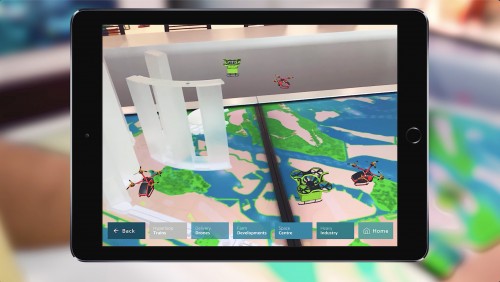

 Call
Call
 Mail
Mail